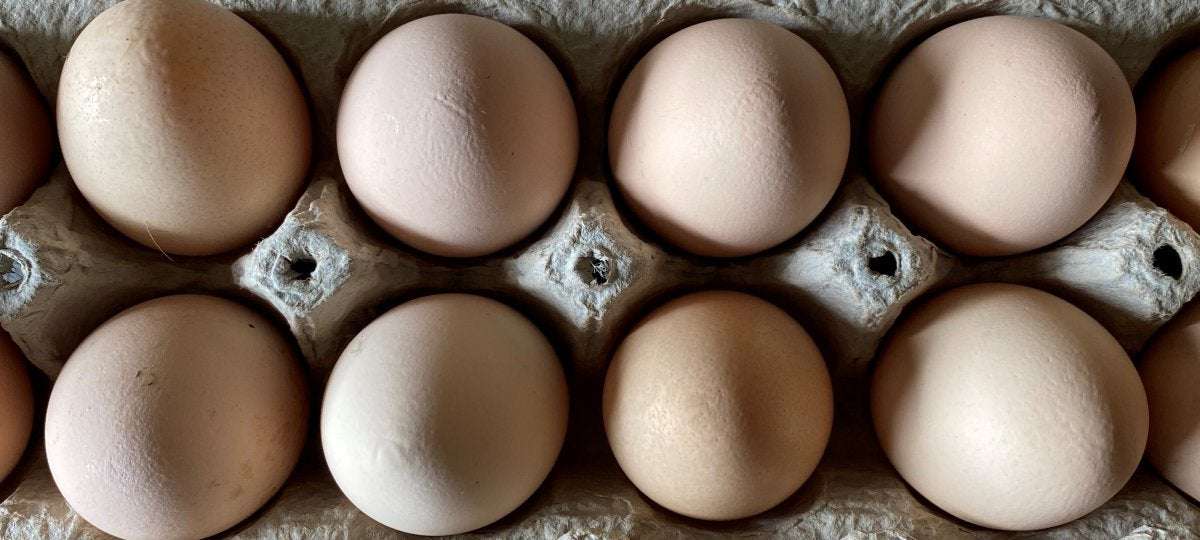In 2020, stores sold out of garden seed, coops and rabbit cages. Now, we have an idea how much protein people can grow in their backyards.
The 2020 meat shortages led many to wonder what to eat for protein when supply chains are disrupted. Some people turned to gathering eggs, raising animals and growing their own food. A team from Michigan Technological University and the University of Alaska Fairbanks found that the work is well worth it. In a new study published in Sustainability, the researchers looked at how a typical household with a typical backyard can raise chickens, rabbits or soybeans to meet its protein needs.
About the Researcher Joshua Pearce [email protected]
906-487-1466 Areas of Interest Photovoltaic Materials and Electronic Device Physics of Solar Photovoltaic Cells, Solar Energy Systems and Distributed Generation
Green Engineering: Solar Energy, Sustainable Development, Open Source Appropriate Technology, Waste Recycling, Circular Economy, and Energy Policy
Open Source Hardware, 3-D Printing, RepRap (self-replicating rapid prototyper), Low-cost Metal 3-D Printing, Distributed Manufacturing, Scientific Hardware Researcher Profile
Americans love burgers, but few people have room to raise a steer next to the garage — and most city ordinances quake at the mere thought of a rogue cowpie. But small animals are more efficient protein producers and are often allowed within city limits. The average backyard provides plenty of space, typically 800 to 1,000 square meters or about 8,600 to 10,700 square feet.
“You don’t have to convert your entire backyard into a soybean farm. A little goes a long way,” said Joshua Pearce, one of the study co-authors and Michigan Tech’s Richard Witte Endowed Professor of Materials Science and Engineering and professor of electrical and computer engineering. “I’m a solar engineer; I look at surface area and think of photovoltaic production. Many people don’t do that — they don’t treat their backyards as a resource. In fact, they can be a time and money sink that they have to mow and pour fertilizer on. But we can actually be very self-reliant when we treat our yards as an asset.”
How much protein do we eat? People eat a lot of protein in the U.S. and the average person needs 51 grams of protein every day, according to the National Institutes of Health (NIH) Dietary Reference Intakes (DRI). That comes to 18,615 grams each year or, for an average household of 2.6 people, 48,399 grams per year.
Pearce’s co-authors are interdisciplinary and include Michigan Tech students Theresa Meyer and Alexis Pascaris, along with David Denkenberger of the University of Alaska. The lab group originally came together to do an agrovoltaics study to assess raising rabbits under solar panels. But when they sought to purchase cages in spring 2020, they discovered animal equipment and home garden supply shortages throughout the country. Like many labs, the group pivoted and refocused their work to address impacts of the pandemic.
They found that using only backyard resources to raise chickens or rabbits offset protein consumption up to 50%. To reach full protein demand with animals and eggs required buying grain and raising 52 chickens or 107 rabbits. That’s more than most city ordinances allow, of course, and raising a critter is not as simple as plopping down a planter box.
Soil type affects plant and animal growth. For pasture-fed rabbits, a lush backyard of grass is a source of food, but not all regions can raise long-eared lawnmowers well. Credit: Joshua Pearce
While pasture-raised rabbits mow the lawn for you, Pearce says the “real winner is soy.” Consuming plant protein directly instead of feeding it to animals first is far more efficient. The plant-based protein can provide 80% to 160% of household demand and when prepared as edamame, soy is like a “high-protein popcorn.” The team’s economic analyses show that savings are possible — more so when food prices rise — but savings depend on how people value food quality and personal effort.
“It does take time. And if you have the time, it’s a good investment,” Pearce said, pointing to other research on building community with gardens, mental health benefits of being outside and simply a deeper appreciation for home-raised food. “Our study showed that many Americans could participate in distributed food production and help make the U.S. not only more sustainable, but more resilient to supply chain disruptions.”
Michigan Technological University is a public research university, home to more than 7,000 students from 54 countries. Founded in 1885, the University offers more than 120 undergraduate and graduate degree programs in science and technology, engineering, forestry, business and economics, health professions, humanities, mathematics, and social sciences. Our campus in Michigan’s Upper Peninsula overlooks the Keweenaw Waterway and is just a few miles from Lake Superior.

baselganglia on May 13rd, 2021 at 09:14 UTC »
I've had chickens. Yes, even 6 chickens can handily meet the egg needs of a 4 person family, but the "meat" needs is a whole other story.
Keeping chickens for eggs is relatively easy. It's much more engaging to hatch eggs, then raise the chicks into fully grown adults.
My the time I did that with my first set, predators came and started killing them one by one, and they eventually killed the rest of my chickens :(
Fhump on May 13rd, 2021 at 08:38 UTC »
Great. Now, if somebody could solve the backyard shortage, we should be golden.
NeverDidLearn on May 13rd, 2021 at 04:28 UTC »
I wish my HOA didn’t have a full-force ban on chickens.